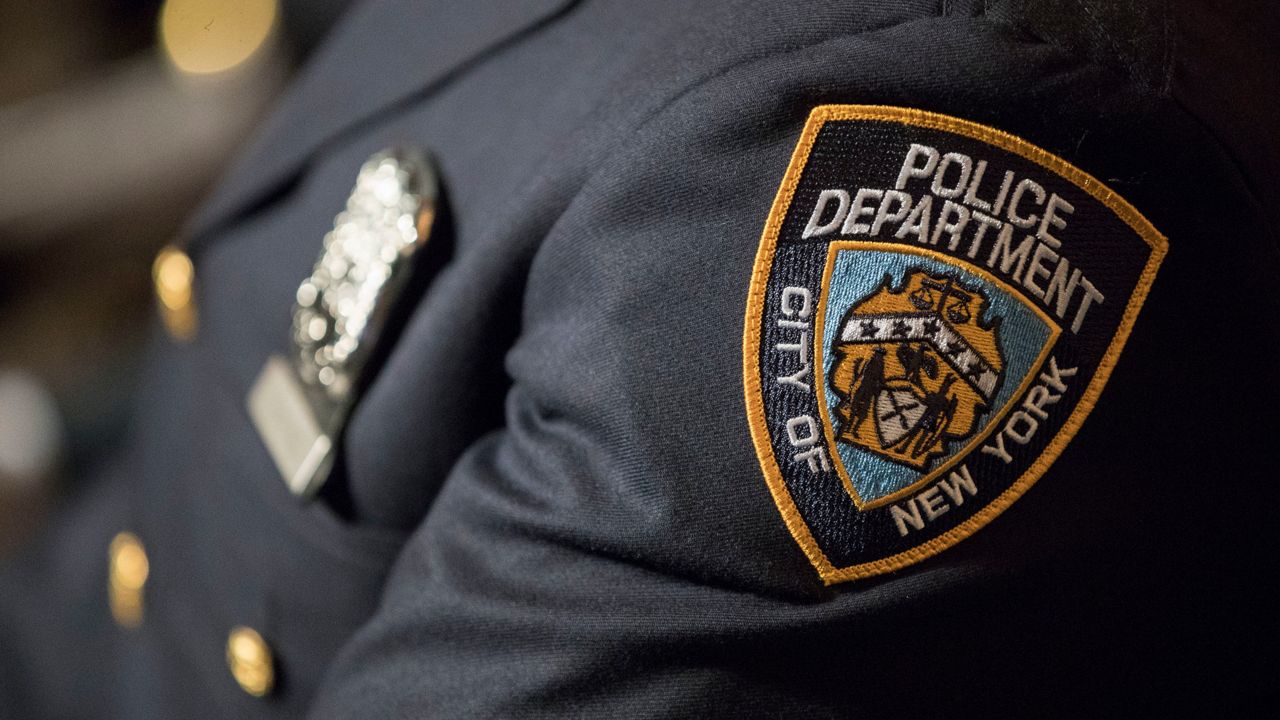The NYPD removed students from school classrooms, sometimes in handcuffs, and took them to hospitals for psychological evaluations 12,000 times between 2016 and 2020, according to a new analysis by the organization Advocates for Children.
The NYPD calls these incidents “child in crisis interventions,” and the data shows they were more likely to happen to some students than others.
Twenty-seven percent of the incidents involved Black boys, who make up just 13 percent of the public school population. Twenty percent of the incidents involved Black girls, who make up just 12 percent of total enrollment. And 9 percent of the incidents happened in special education District 75 schools, which serve just 2 percent of the city’s students.
“The students who are impacted are largely black students, students with disabilities, in District 75 Special Education schools in particular, as well as low income students,” said Dawn Yuster, director of the School Justice Project at Advocates for Children.
Around 10 percent of the time, these students in crisis were handcuffed. Among them were 23 seven-year-olds, seven six-year-olds and three five-year-olds.
“Five-, six-, seven-year-olds getting handcuffed in school. Very, very troubling,” Yuster said.
Yuster has seen the toll these removals to hospitals can take on families.
“I, personally, professionally have represented clients as young as eight years old, who have been handcuffed in school -- and I will never forget the day that I got a call from a parent when his child was transported to the hospital,” she said.
She believes having the police bring these children to hospitals only makes matters worse.
“It only exacerbates the problems that already exist. It does absolutely nothing to change the behavior, improve the behavior, and it further alienates the family from the school,” she said.
Mayor Bill de Blasio has often pointed to reforms he’s made to how police interact with students in schools, but the data shows that the number of children removed from classrooms by police during these emotional crises have only grown since the 2016-2017 school year, when the NYPD was first required to report the data.
The number of these incidents increased by 24% in the first three quarters of the 2019-2020 school year, as compared to the first three quarters of the 2016-2017 school year, the first for which the NYPD was required to make data public.
Advocates for Children is is calling on the Education Department to stop calling 911, and for the police and emergency medical services to take students to the hospital only when it’s medically necessary.
An NYPD spokeswoman said safety is the primary concern when deciding whether to restrain a student, and that officers confer with school officials on what to do.
While these crisis interventions have only risen, the Education Department points to a decrease in arrests and suspensions in schools, and plans to help students in crisis next year.
“Creating schools that are safe and welcoming for all students is at the core of this Administration’s work, and we have made important changes to drive record decreases in police interventions, arrests, suspensions, and the system-wide adoption of restorative justice practices,” DOE spokesman Nathaniel Styer said. “All students must return to healing-centered schools this fall, and we are hiring over 500 new social workers and adding over 100 more community schools to ensure every student has a caring adult to go to when in crisis.”
